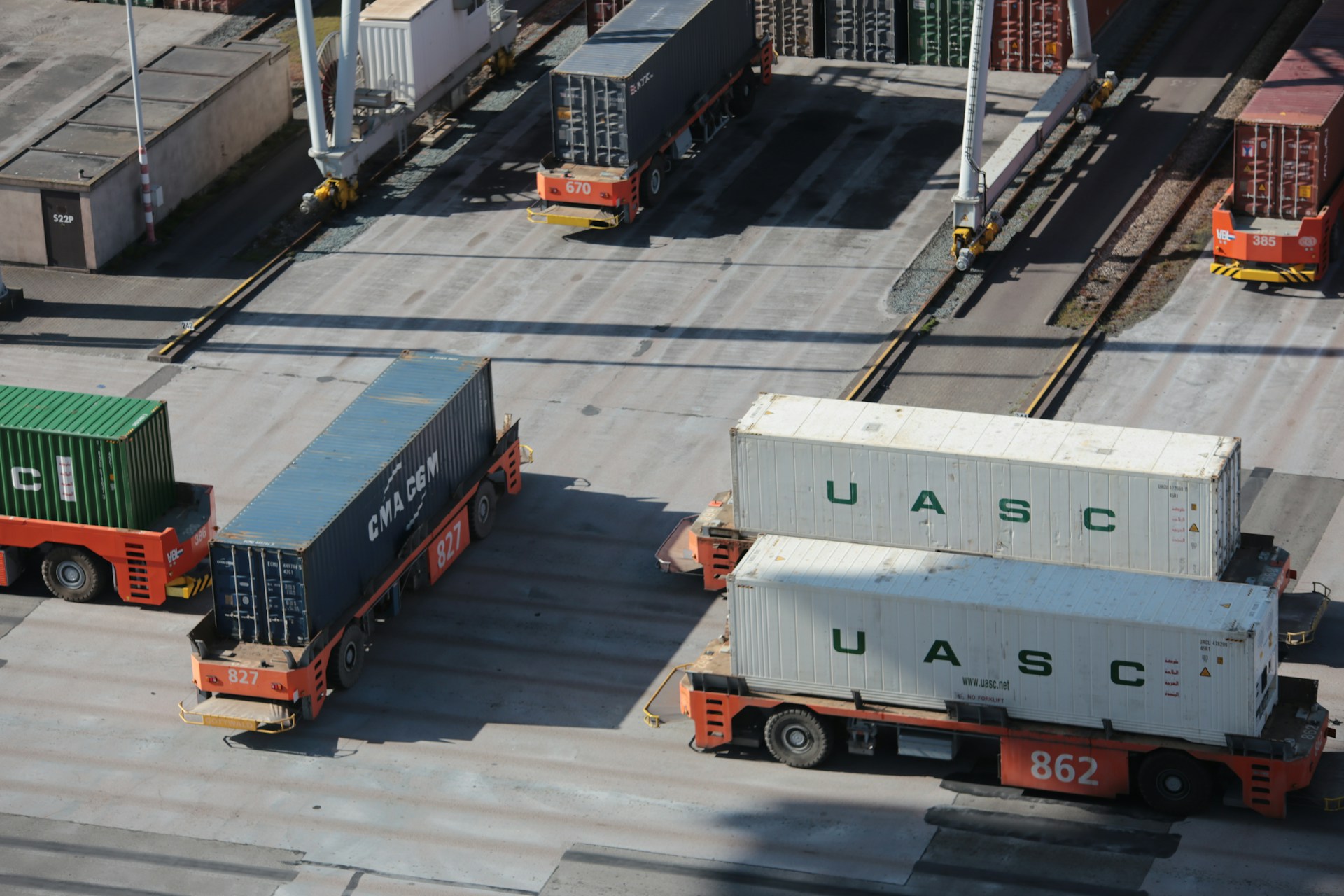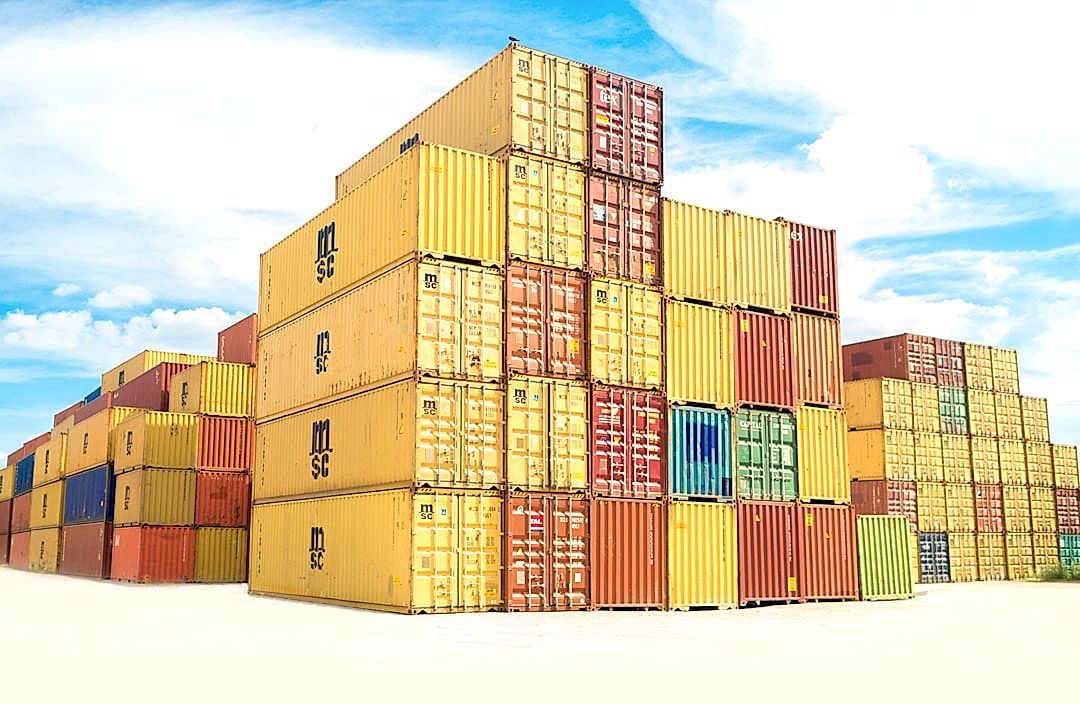The world of logistics is witnessing rapid advancements, particularly in the realm of perishable goods handling.
Key among these transformations is the enhancement of temperature-controlled mechanisms.
Such improvements are increasingly critical in ensuring the quality and safety of fresh produce, directly impacting consumer access to healthier food options.
As produce packers, the implications of these changes are vast.
From improved product longevity to drastically curtailed losses, the benefits are measurable and considerable.
However, practical understanding of these advancements, their application, and their potential pitfalls remains a necessity.
Contents
Innovations In Temperature-controlled Logistics For Produce Packers
1. Advanced IoT-Based Temperature Monitoring Systems
Advanced IoT-based temperature monitoring systems are a breakthrough in temperature-controlled logistics for produce packers.
When considering the innovative ways to maintain the freshness and quality of produce, temperature plays a vital role.
An IoT-based temperature monitoring system can help provide real-time and accurate temperature data, which is crucial for ensuring the quality of the produce is maintained during the transport.
These systems use sensors to continuously monitor the temperature of the produce.
In the event of a temperature fluctuation, the system triggers an automatic alert to signal the team, which helps to proactively respond and adjust the temperature accordingly, thereby reducing the possibility of spoilage.
Along with real-time monitoring, these systems also offer historical data, which allows for analysis of temperature trends over time and helps to make informed decisions for future transport scenarios.
This also aids in identifying any recurring issues with certain routes or transport methods, which can then be rectified to better maintain the quality of the produce.
In addition to maintaining the quality, these systems can also help reduce waste, since timely alerts about temperature fluctuations can prevent spoilage before it happens.
Furthermore, these monitoring systems come with a suite of advanced analytics tools that convert raw data into actionable insights, enabling produce packers to make informed decisions and improve overall productivity.
They also offer potential for enhanced traceability, as the temperature data can be linked with other information, such as the route, the time of the journey, and the type of produce being transported.
This integration of data can prove to be a powerful tool for quality control and assurance.
Another key advantage of using an IoT-based temperature monitoring system is that it is easy to install and operate, providing user-friendly solutions for the complex task of maintaining produce quality during transportation.
However, it’s crucial to select the right IoT temperature monitoring system according to the specific needs of your operation, as different systems offer different features and capabilities.
Look for a system that provides readily accessible information, easy-to-understand data, and proactive alerts to ensure that quality and safety standards are consistently met.
Overall, with advances in technology, an IoT-based temperature monitoring system presents a significant opportunity for improving temperature-controlled logistics in the produce packing industry.
2. Automated Cooling and Humidity Control Systems
One of the most innovative solutions being used in temperature-controlled logistics is the automated cooling and humidity control systems.
These systems, designed for storage facilities, rely on IoT sensors and AI algorithms to automatically adjust the temperature and humidity levels inside storage units to the most optimal condition for each specific produce.
This optimality is determined by the particular needs of the different types of fruits and vegetables being stored.
The intelligent technology behind these systems ensures that the temperature and humidity conditions are kept constant and at the ideal level, even when external conditions fluctuate.
Advanced sensors continuously monitor the environment, instantly detecting any variations in temperature and humidity.
They then communicate this data to an AI-powered control unit, which analyzes the information and decides whether adjustments need to be made.
When necessary, the system automatically alters the conditions to maintain the optimum environment for preserving the freshness, texture, and nutritional value of the produce.
This efficiency may significantly reduce product damage and spoilage, thereby reducing losses and increasing profits for produce packers.
Furthermore, automated systems do not just adjust temperatures and humidity, they can also control factors like airflow and carbon dioxide levels, which are critical for maintaining produce quality.
Because the systems operate autonomously, they can continuously monitor and adjust conditions, reducing the need for human intervention and the potential errors that come with it.
This automated process ultimately leads to improved efficiency in management, better cost control, and more sustainable operations.
Moreover, with real-time data collection and processing, these systems not only control storage conditions but also provide valuable data and insights for future planning and decision making.
Such systems are becoming more common, as they offer a revolutionary approach to temperature-controlled logistics and are reshaping storage techniques for the benefit of produce packers.
By leveraging automation and artificial intelligence, storage facilities can offer a more stable environment, ensuring that produce remains fresh and vibrant from farm to table.
As we continue to innovate and develop new technologies, we can expect further advancements in automated cooling and humidity control systems, making the preservation of produce even more efficient and reliable.
3. AI-Enhanced Insulated Packaging Solutions
In the realm of temperature-controlled logistics for produce packers, there have been significant advancements including the development of AI-enhanced insulated packaging solutions.
These AI-integrated systems bring several benefits including enhanced performance of the packaging material, real-time temperature monitoring and adjustment, and increased lifespan of the packaged produce.
At the core of these innovations lies Artificial Intelligence (AI), enhancing the capabilities of the insulated packaging to maintain appropriate temperatures for longer periods.
Traditionally, insulated packaging depended solely on manual temperature inputting with minimal feedback on the inside conditions of the package, but modern AI-enhanced insulated packaging systems offer real-time adjustments for optimum conditions.
One key feature of these AI-enhanced solutions is the ability to respond in real-time to changes in the external environment, thereby maintaining a stable internal temperature and ensuring that the produce stays fresh and quality is preserved.
These AI-enhanced solutions revolutionize the industry by offering real-time adjustments to external changes, maintaining a stable internal temperature and preserving the quality of produce.
For instance, if the external temperature rises significantly, the AI system responds promptly by increasing the cooling effect inside the package to counteract the heat.
In contrast, if the external environment is too cool, the AI-enhanced insulation will maintain a warm internal environment to prevent produce from freezing.
Furthermore, AI-enhanced insulated packaging reduces wastage by increasing the lifespan of the produce. Through continuous adjustment of the internal environment, produce is kept at optimum conditions, thus enhancing its shelf life.
Packers using AI-enhanced insulated solutions report higher customer satisfaction rates owing to delivery of fresher and top-quality products.
Integration of Artificial Intelligence in temperature-controlled logistics also enables tracing and record keeping for reference and accountability purposes.
It provides real-time and historical data on temperature fluctuations within the package throughout the transport period that can be used for quality assurance and control.
Cost-effectiveness is another benefit of AI-enhanced insulated packaging. Although the initial investment may be higher, the long-term savings resulting from reduced wastage and satisfied customers are considerable.
The application of Artificial Intelligence in temperature-controlled logistics, particularly in the development of AI-enhanced insulated packaging systems, is indeed a sustainable solution for produce packers seeking to deliver top-quality fresh products on time.
The incorporation of AI technology in insulated packaging is a true testament of how innovation is revolutionizing temperature-controlled logistics in a bid to ensure product safety, quality, and sustainability.
The Bottom Line
Overall, the integration of advanced technologies such as Internet of Things (IoT) and Artificial Intelligence (AI) in managing temperature and humidity greatly improves efficiency and reduces potential risks in various sectors.
The emergence of advanced IoT-based temperature monitoring systems is a notable development, offering real-time monitoring and control.
Additionally, automated cooling and humidity control systems elevate environmental control to new levels of precision, ensuring optimal conditions at all times.
Furthermore, AI-enhanced insulated packaging solutions introduce enhanced reliability and intelligence in transportation and storage of temperature-sensitive products.
Leveraging these intuitive technologies will not only provide significant cost benefits but also ensure the highest level of quality control and compliance.
The blend of these technologies offers a pioneering approach to temperature management, marking a transformative step in the sector.




